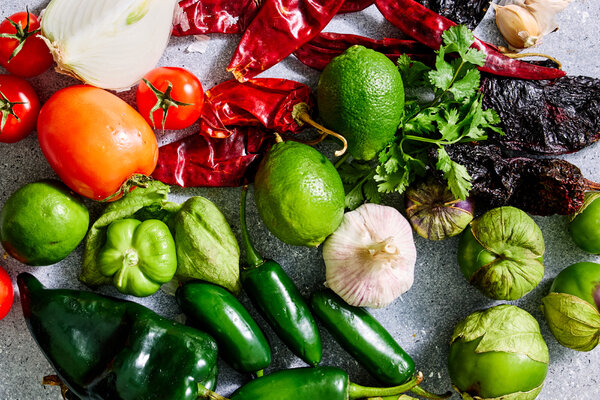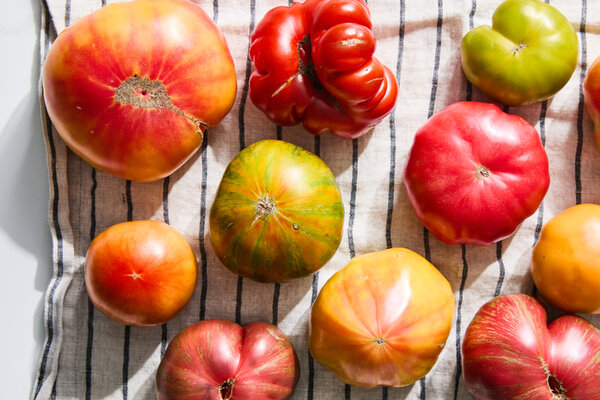I’ve made salsa my whole life. These tips changed everything.
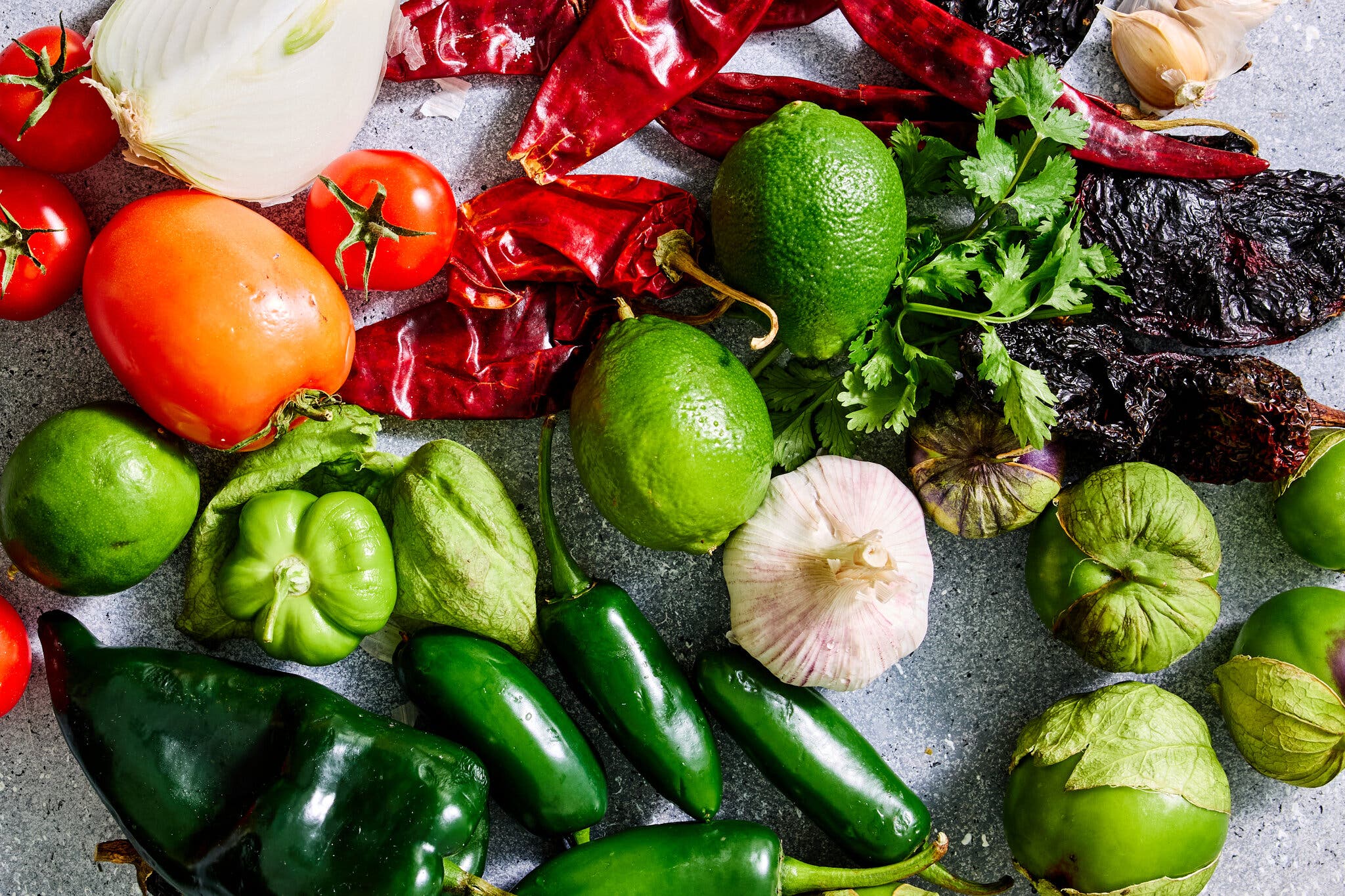
The salsa spectrum is wide and wonderful, and a great gateway to Mexican cooking.Johnny Miller for The New York Times. Food Stylist: Sue Li. Prop Stylist: Sarah Smart.
Cooks tend to get set in their ways. If you grew up making your grandmother’s pozole rojo with ancho, guajillo and cascabel chiles, that’s how you’re going to make it forever. Carrying on tradition is beautiful, if a little intense. And yet when it comes to salsas, a lot of cooks in Mexico experiment and invent in a mind-set of uninhibited creativity. The role of any salsa is to complement and catapult the joy of eating, so shouldn’t it be a joy to make? When it’s time to make salsa, it’s time to play.
The direct translation of the word salsa is “sauce,” but it’s more than a condiment. Salsa is a quintessential part of the Mexican table, a seasoning that tickles and gratifies the palate, an accompaniment that adds depth, poignancy and zest often in the form of spicy, sweet and sour flavors.
While salsa arrived as a commercial good in the United States only in the 1980s, salsas have existed in present-day Mexico long before the arrival of the Europeans in the 15th century. The ancient Náhuatl word molli was for a sauce made from grinding or smashing chiles. Mole comes from molli and is a cooked, ground salsa that reaches deep into the soul and latches on. It’s earthy and warming with the opposite energy of a bright and punchy hot sauce. And yet, they’re both salsas.
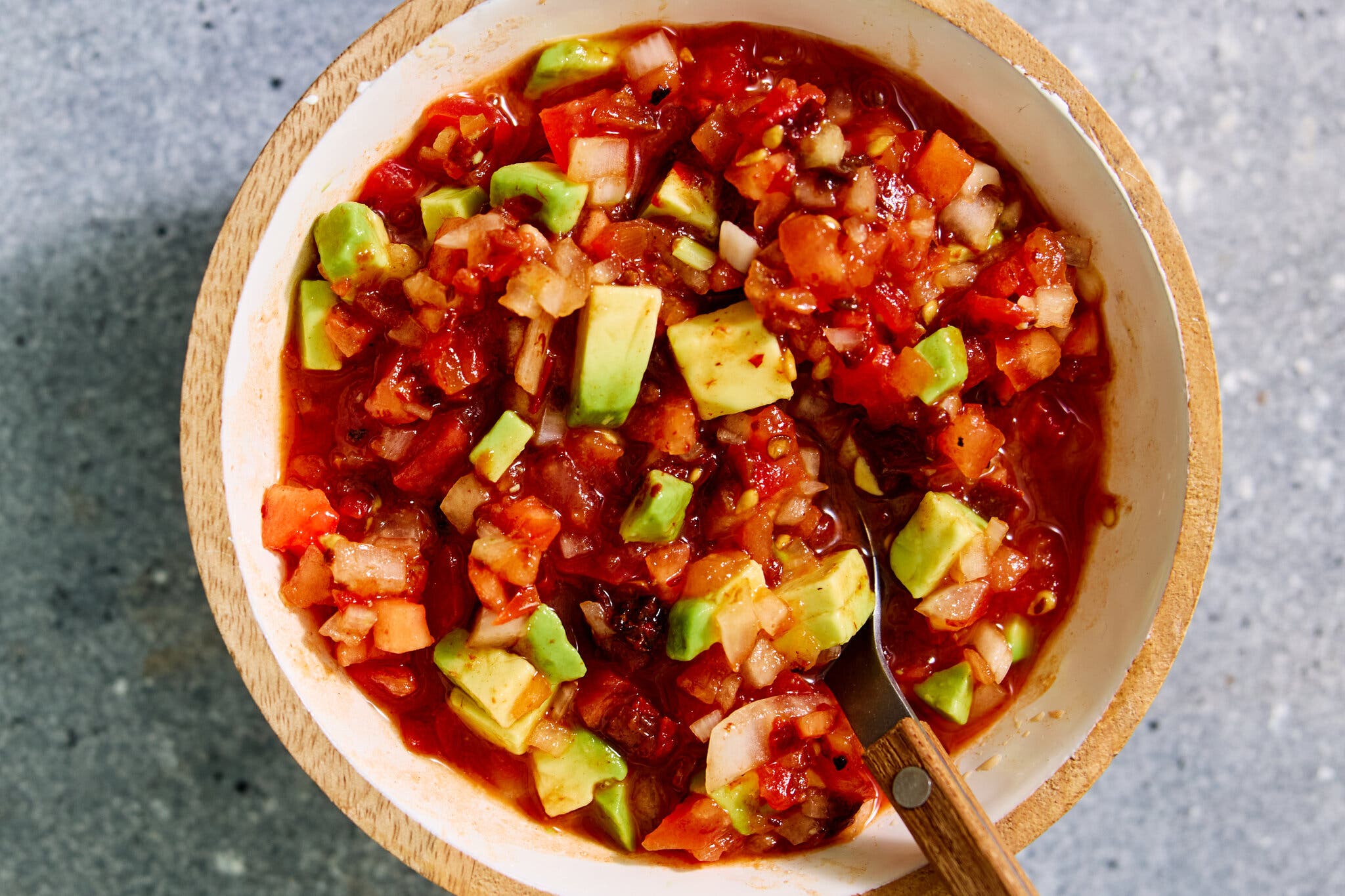
Johnny Miller for The New York Times. Food Stylist: Sue Li. Prop Stylist: Sarah Smart.
The salsa spectrum is wide and wonderful, a great gateway to Mexican cooking because it’s the base for so many dishes and because it goes with so many more. These five tips will change the way you prepare and use salsa — and transform the way you cook at home:
1. Think salsa-first.
When you’re feeling overwhelmed by the task of what to make for dinner, it all falls into place if you do one thing: Just make salsa! Once the salsa is made, try it with daily dishes: breakfast tacos, rotisserie chicken, grilled shrimp, roasted vegetables. Each salsa’s versatility is expansive. What couldn’t a smoky chipotle salsa go on? It can be eaten on everything in sight. And I learned that whether I’m making a traditional Mexican dish or even just a basic sandwich or bowl of pasta, salsa always has a place at the table — and always makes things better.
2. Use whatever ingredients you have.
The truth is, you can make salsa with nearly anything your heart desires. If I teach you one thing, it’s to set your expectations free. All the produce in the market is fair game. If you’re not sure what to buy, pick up common salsa ingredients, such as tomatoes, tomatillos, garlic, white onions, herbs, chiles and avocado. (Lime juice is almost exclusively used as a salsa ingredient in the United States, but not necessarily in Mexico where cut limes accompany every meal.)

Johnny Miller for The New York Times. Food Stylist: Sue Li. Prop Stylist: Sarah Smart.
3. Choose the chiles that work for you.
If you think of chiles as just a bringer of heat, you’re missing the point. They also carry flavor. Heat is a happy byproduct. Within the stunning range of fresh and dried chiles, feel free to experiment with whatever you find to see what stands out to your palate. Generally, the smaller the chile, the hotter it is. Green chiles will taste grassier, while red will be sweeter and fruitier; both can be spicy. When shopping for fresh chiles, look for firm, shiny flesh with no wrinkles. The skin should be tight like an apple’s. Dried chiles should be soft and pliable, which indicates they were dried fairly recently.
Like grapes and raisins, dried chiles have a completely different flavor profile from their fresh counterparts — and different names. A poblano becomes a chile ancho when it’s dried, wrinkly and blackened from the sun. Avoid dried ones that are dusty, brittle and faded. If you squeeze a dried chile and it crumbles into dust like an untombed mummy, walk away. Always remove the stem and seeds from larger dried chiles (leave the seeds in the little guys for a bigger kick): Wear gloves and use your hands to rip them open and shake most of the seeds out.
For fresh and dried chiles, removing the seeds will cut down on significant heat and move your salsa from hot to medium-spicy. If you’re extra wary of spice, start with one chile for mild. To almost completely remove a chile’s heat and leave only its flavor, you can soak it in alcohol, vinegar or oil. Its spiciness will seep into the liquid around it.
When you can’t find a chile called for in a recipe, swap with another that’s in a similar Scoville range or flavor profile, like anchos for guajillos. In desperate times, you can use approximately 1 tablespoon of chile powder in place of a whole chile, adding more as necessary. For hotter chiles, use 1 teaspoon red pepper flakes or 1/2 teaspoon cayenne per whole chile. Just don’t do this for salsas where the chile is the star ingredient.
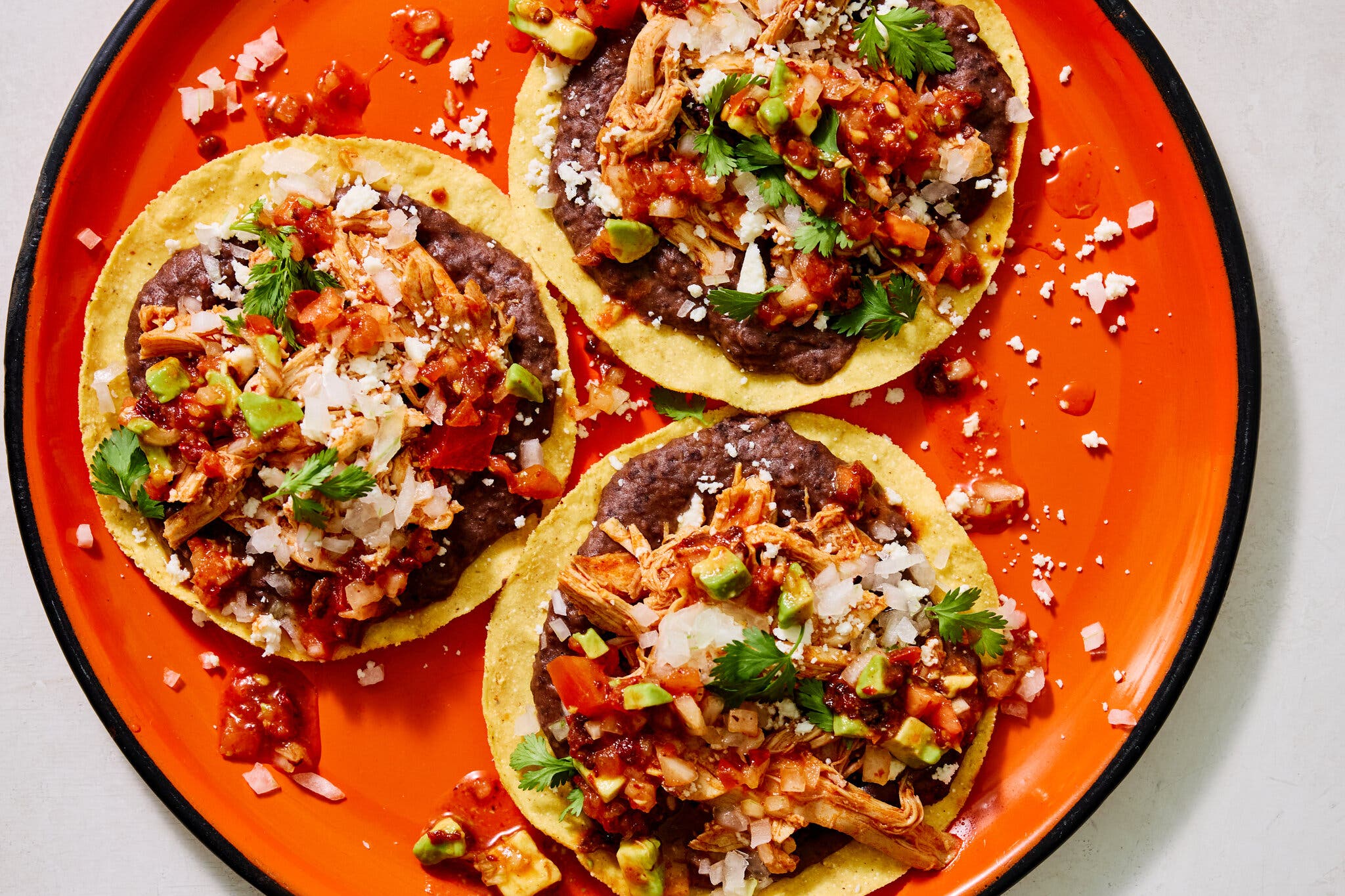
Johnny Miller for The New York Times. Food Stylist: Sue Li. Prop Stylist: Sarah Smart.
4. Freeze salsa for fast future meals.
When you have salsa in the freezer, dinner can come together almost instantly. I store mine in plastic deli containers, but you can use freezer bags, too. To thaw, transfer it to the fridge the night before you need it. Who am I kidding? I never plan that far ahead. I usually thaw it in the microwave or leave it in the sink until dinnertime. Keeping a freezer full of salsas will save you from boring weeknight dinner hell for months and months.
5. Try salsa in anything and everything.
Salsa goes with all dishes, no matter what culture or country the food comes from and makes any plate mind-blowingly delicious. Toss some with the toasted bread of panzanella or spoon it over fried tofu. Tuck some inside a pita stuffed with falafel. You already know these salsas will be great on a taco, but try swirling salsa into a buttery platter of shrimp scampi and realize that life will never be the same after this.
This article is an excerpt from “Salsa Daddy: Dip Your Way Into Mexican Cooking” by Rick Martínez (Clarkson Potter, 2025).
Follow New York Times Cooking on Instagram, Facebook, YouTube, TikTok and Pinterest. Get regular updates from New York Times Cooking, with recipe suggestions, cooking tips and shopping advice.




